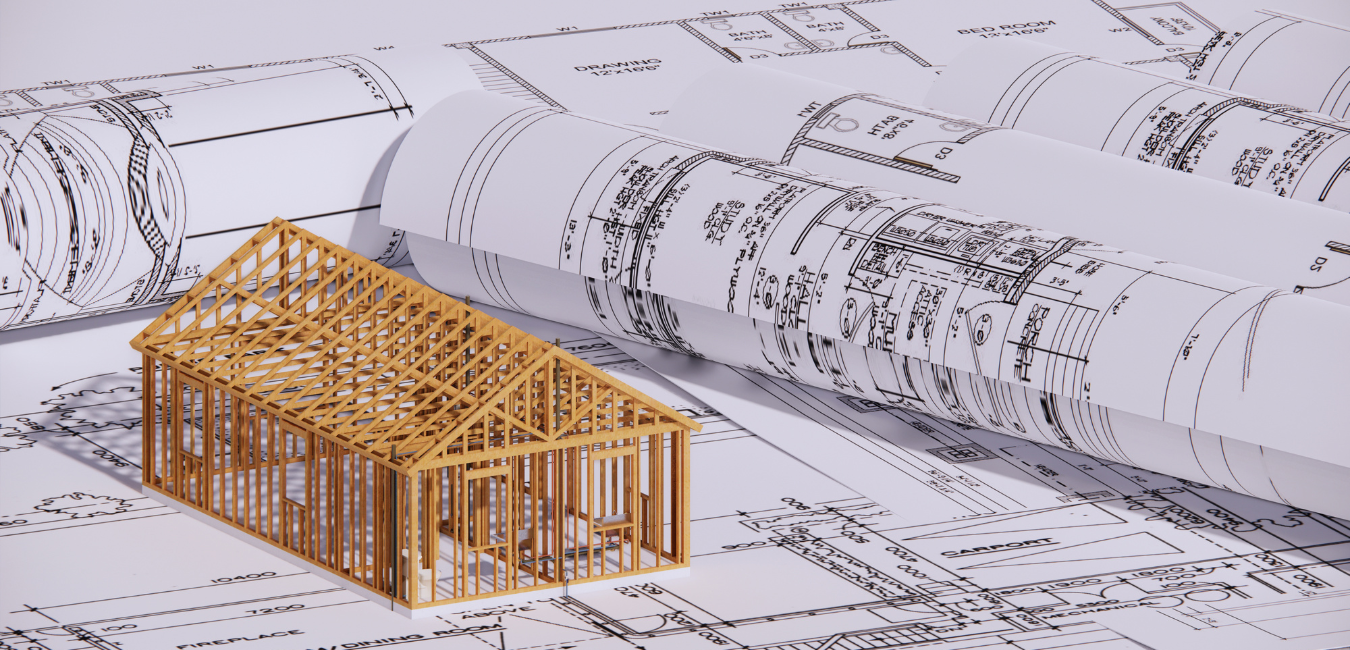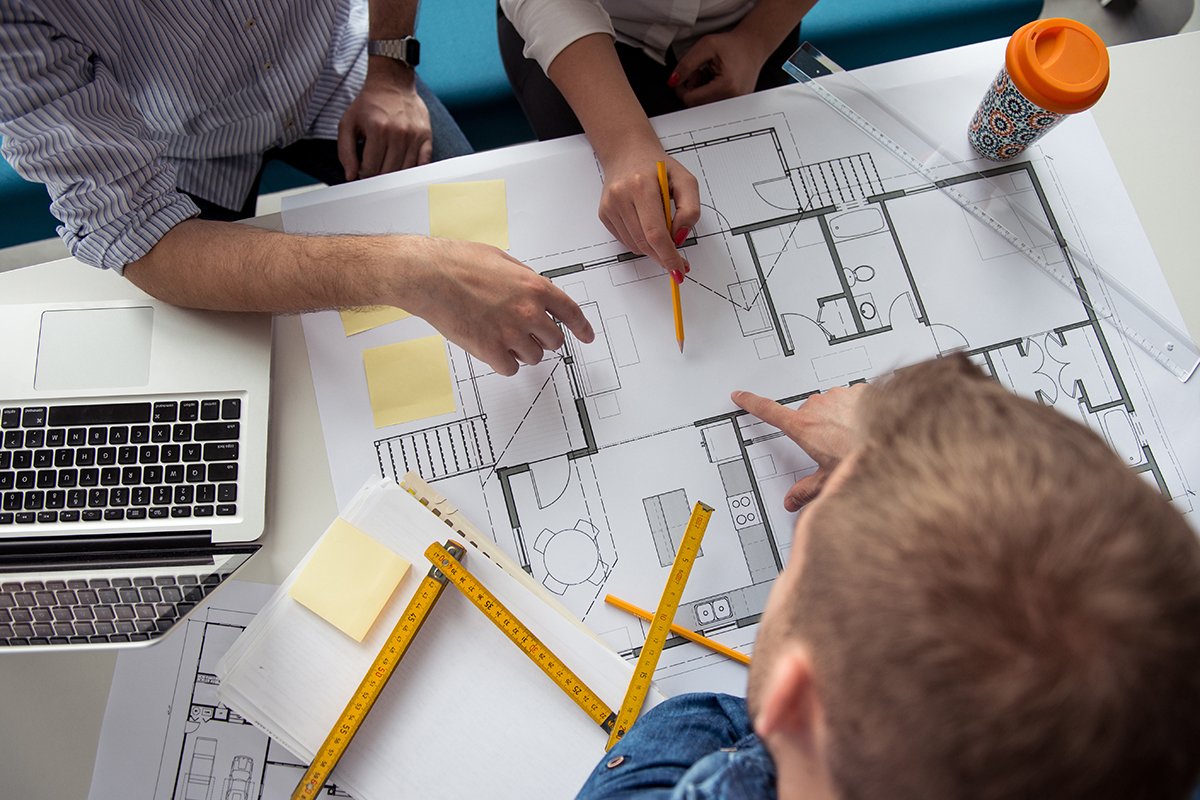Just How CDA Architects Supply Cutting-Edge Solutions for Lasting Style
Just How CDA Architects Supply Cutting-Edge Solutions for Lasting Style
Blog Article
A Detailed Summary of Building Designs and Their Influence on Modern City Preparation and Advancement
Architectural styles have actually long offered as a mirror to the social worths and technological advancements of their time, playing an essential duty in forming contemporary city planning and development. From the majesty of Neoclassicism to the practical method of Brutalism, each style has introduced unique ideas that affect metropolitan aesthetics and functionality.
Historic Review of Building Designs
Throughout history, building styles have actually evolved in action to cultural, technical, and ecological elements. Each duration reflects the prevailing worths, beliefs, and advancements of its time, bring about a rich tapestry of layout that symbolizes human creativity and adjustment. The ancient people, such as the Egyptians and Greeks, established fundamental designs that stressed symmetry and proportion, offering both useful and aesthetic functions.
As cultures transitioned through the Middle Ages, Gothic style emerged, defined by its verticality and detailed detailing, mirroring the spiritual ambitions of the period. The Renaissance marked a revival of classic perfects, merging art and design in ingenious manner ins which influenced subsequent styles throughout Europe.
The Industrial Change introduced new products and building strategies, prompting activities like Innovation, which challenged typical types and welcomed simplicity and capability. The 20th century saw a diversity of styles, with Postmodernism responding versus the plain minimalism of its predecessor, integrating historic recommendations and diverse components.
Today, architectural designs continue to advance, driven by globalization and sustainability concerns, mirroring a dynamic interaction in between heritage and technology. This historical introduction underscores the relevance of style as a mirror of societal development and as a stimulant for urban growth.
Secret Architectural Styles Explained
The diversity of building designs reflects the myriad influences that shape our constructed setting, each personifying distinctive features and social values. Key architectural designs consist of Classical, Gothic, Baroque, Modernism, and Postmodernism, each representing special historic contexts and visual philosophies.
Classic architecture, rooted in ancient Greece and Rome, emphasizes proportion, percentage, and making use of columns. In contrast, Gothic style, growing in the center Ages, is identified by sharp arches, ribbed vaults, and flying buttresses, producing an angelic top quality in cathedrals. Baroque style, emerging in the 17th century, is marked by magnificence, elaborate ornamentation, and a vibrant interaction of light and shadow.

Comprehending these designs gives understanding into the cultural stories and technical developments of their respective ages, highlighting how style serves not equally as a sanctuary, but as a reflection of societal worths and ambitions.
Effect on Urban Planning
In shaping the development of cities, architectural styles dramatically affect city preparation decisions. The selection of architectural design typically determines the appearances, performance, and total character of city environments.
Moreover, architectural styles can influence zoning regulations and land utilize plans. Urban coordinators must think about the dominating architectural patterns when designing districts, making certain that new growths harmonize with existing frameworks. This factor to consider fosters cohesive metropolitan landscapes and boosts community identity.
The execution of specific architectural styles can likewise affect socioeconomic factors within a city. For example, premium modern layouts may attract upscale citizens and businesses, resulting in gentrification, while extra affordable housing services may focus on sensible and lasting designs to accommodate diverse populaces. Ultimately, the interplay in between building styles and metropolitan preparation produces vibrant cities that reflect both historical context and contemporary needs, shaping the lived experiences of their citizens.
Sustainability and Modern Style
Building designs play a crucial duty in addressing modern obstacles, specifically in the realm of sustainability. As metropolitan areas expand and environmental worries increase, modern-day style significantly welcomes sustainable design explanation concepts that focus on power effectiveness, resource conservation, and minimal ecological influence.
Contemporary building movements, such as biophilic layout and environment-friendly design, advocate for frameworks that balance with their surroundings, making use of natural materials and advertising biodiversity - cda architects. These styles often include renewable resource resources, such as solar panels and wind turbines, to lower dependence on nonrenewable fuel sources and reduced carbon footprints
Moreover, the integration of advanced modern technologies, such as smart structure systems, enhances energy management, enhancing resource use while guaranteeing owner comfort. Cutting-edge water management approaches, including rain harvesting and greywater recycling, further add to lasting urban atmospheres.
Notably, sustainability prolongs past environmental issues; it incorporates social and economic dimensions why not try these out too. By cultivating community wellness and advertising inclusivity, modern architectural styles straighten with sustainable advancement objectives. Consequently, the evolution of building techniques remains to shape durable cities that not just meet the requirements of the here and now yet also protect the future for generations to find.
Community Engagement in Style
Neighborhood interaction in layout offers as an essential bridge in between engineers and the populaces they offer, ensuring that the developed setting reflects the requirements and ambitions of its users. This collaborative process welcomes community members to contribute their insights and preferences, fostering a sense of ownership and obligation toward the areas they live in.
Effective community interaction utilizes numerous techniques, such as workshops, studies, and public online forums, to gather diverse point of views (cda architects). These approaches help with a two-way dialogue, enabling architects to comprehend neighborhood contexts while equipping homeowners to articulate their problems and wishes. This inclusivity not just improves the design top quality yet also advertises social equity by dealing with the distinct obstacles faced by marginalized groups

Final Thought
Building designs have actually greatly affected modern-day city preparation and growth, mirroring evolving cultural and technological contexts. The integration of historical appearances with modern demands cultivates city settings that focus on sustainability and community involvement. As cities proceed to expand and adapt, the continuous dialogue between building heritage and modern-day layout concepts will remain important in creating comprehensive, vivid rooms that improve top quality of life and advertise social equity. The future of metropolitan advancement hinges on this harmonious balance.
Report this page